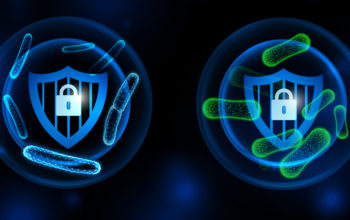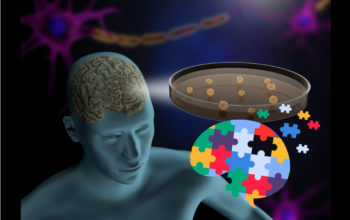
Date: 31st January 2020
Article in brief:
Atherosclerosis is a condition where the arteries become narrowed and hardened due to an accumulation of plaque around the artery wall. It is the primary cause of coronary heart disease (CHD), which occurs when the arteries that carry blood to the heart muscle are affected and is the leading cause of death worldwide, killing over 7 million people per year. Now scientists have turned to the immune system and nanotechnology – creating ‘Trojan horse’ nanoparticles to prevent atherosclerotic cardiovascular disease.
The team of scientists from Michigan State University and Stanford University were led by Nicholas Leeper and Bryan Smith and published their findings in Nature Nanotechnology.
Leeper and colleagues had previously started to unravel why plaques, and as it turns out cancer cells, remain ‘stealthy’ to the immune system. One finding is that these cells often upregulate CD47, a key anti-phagocytic molecule which is recognised by signal-regulatory protein alpha (SIRPα), the main receptor of CD47 expressed by macrophages. Once bound, these molecules deliver ‘don’t eat me’ signals to the macrophages, preventing them from activating.
A feature of the atherosclerotic plaque is the accumulation of apoptotic cells in the necrotic core. Leeper and others have made efforts to utilise this characteristic by stimulating phagocytic clearance of these cells, thereby reducing plaque size. However, these antibody-based therapies, such as CD47-blocking antibody, often caused off-target clearance of healthy tissues, leading to toxicities such as anaemia.
To build on this previous work, the team asked how they could they block this cloaking ‘don’t eat me’ signal, and so reactivate the macrophages to seek out and destroy the plaques in a more specific approach.
- First, ‘Trojan’ horse nanoparticles (NPs) were formed by engineering single-walled carbon nanotubes and then loaded with a chemical inhibitor of the antiphagocytic CD47-SIRPα signalling axis.
- The NPs were designed to selectively target inflammatory monocytes; cells that differentiate into lesional macrophages.
- These NPs were efficiently taken up by the monocytes, which naturally accumulated in the plaques.
- The now intracellular drug, produced effective and targeted effects – stimulating the macrophages to clear the dead and dying cells.
- When tested in atheroprone mice (those prone to atherosclerosis), the nanotherapy reduced plaques by 40% in mice with less advanced plaques, and by 20% in mice with more advanced plaques.
- As the NP-loaded macrophages went to plaque sites and not the healthy tissue there was little toxicity such as organ damage and anaemia.
Conclusions and future directions
- The team have developed an advanced nanomaterial platform and, by targeting specific immune cells, they have demonstrated the use of lesion macrophages in the potential prevention of atherosclerotic cardiovascular disease.
- Future work, which will include clinical translation of these nanomaterials using large animal models and human tissue tests.
- Smith has filed a provisional patent and will begin marketing it later this year.
- If future tests remain positive this therapy may dramatically improve millions of patients lives. However, the application may extend even further. As similar mechanisms enable cancer cells to remain undetected, this nanotherapy may extend into the cancer field.
- There is currently interest in biohijacking immune cells in attempts to design new treatments for diseases such as cancer. Will this be the next one?
For more information see the press release from Stanford University and Michigan State University.
Flores, A. M., N. Hosseini-Nassab, K.-U. Jarr, J. Ye, X. Zhu, R. Wirka, A. L. Koh, P. Tsantilas, Y. Wang, V. Nanda, Y. Kojima, Y. Zeng, M. Lotfi, R. Sinclair, I. L. Weissman, E. Ingelsson, B. R. Smith and N. J. Leeper (2020). “Pro-efferocytic nanoparticles are specifically taken up by lesional macrophages and prevent atherosclerosis.” Nature Nanotechnology.
https://doi.org/10.1038/s41565-019-0619-3


